What Hybrid Photography Looks Like in 2025
Here’s where we define what hybrid photography really means in today’s world.
In hybrid film AI workflow 2025, you capture with film cameras, then digitize and process with AI software. Photographers lean into analog’s warmth but enjoy lightning-fast editing sessions.
Trends driving hybrid adoption today include sustainability, the tactile joy of film, and clients expecting rapid turnarounds. A London-based portrait photographer recalls rediscovering his second-hand SLR film camera. Shooting film brought charm, but deadlines demanded speed—AI helped him deliver final galleries in hours, not weeks.

Choosing the Right Film Cameras for Hybrid Use
This section helps you pick the most reliable gear for a hybrid setup.
Hybrid workflows thrive on durable equipment. Reliable second-hand SLR film cameras excel for versatility, while rangefinder cameras ideal for hybrid shooting are compact with discreet handling. Both formats digitize easily, ensuring smooth transitions into AI editing.
- Check for functioning light seals
- Inspect shutter accuracy
- Confirm lens compatibility
- Avoid rare formats hard to scan

Pros
- Tactile shooting experience
- Durable second-hand builds
- Easy negative scanning
Cons
- Requires scanning step
- Some formats harder to digitize
How to Scan and Digitize Film for AI Editing
This is where your film meets the digital realm.
Flatbeds are versatile for multiple formats, while dedicated scanners provide higher fidelity. Whichever tool you use, prep is critical: clean negatives, ensure high resolution, and save edits in lossless formats. This gives your AI tools maximum image data to enhance.
- Clean negatives with antistatic cloth
- Scan at 2400 dpi or higher for editing flexibility
- Save in lossless formats like TIFF
- Back up files immediately

Integrating AI Tools into Your Film Workflow
Here’s how AI can streamline your hybrid editing process.
AI aids pattern recognition, color grading, and blemish fixing at lightning speeds. Photographers in 2025 use AI suites not just for efficiency, but for preserving subtle film aesthetics. One wedding photographer recalls AI color grading that transformed a batch of 300 scans in minutes, while keeping the film grain intact.

Creative Inspiration: Film Projects Enhanced by AI
Inspiration for blending imperfections with innovation.
AI enables restoration of vintage negatives, surreal composites, or enhancing dreamy analog softness. Imperfection is embraced. Grain, light leaks, and color unevenness become features, not bugs—AI tools let you fine-tune without erasing the soul.
| Name | Best for | Format/Spec | Look/Result | Latitude/Usability | Notes |
|---|---|---|---|---|---|
| 35mm SLR | Versatile projects | 35mm | Classic sharpness | Good flexibility | Common and scannable |
| Compact Rangefinder | Street photography | 35mm | Subtle rendering | Limited control | Quiet operation |
| Medium Format | Fine art work | 120 film | High detail | Wide latitude | Larger scans |
Attribute ratings (0–5)
Indicative ratings to guide expectations; your lighting and processing choices matter most.
Quick decision: Which path suits you?
- Pick a 35mm SLR if you want flexibility and reliable scanning.
- Choose a medium format if you prioritize detail and tonal range.
- Compact rangefinder if you want discretion and portability.
FAQ
- What is a hybrid film and AI editing workflow in 2025?
- It combines film capture with digital AI post-processing—retaining analog aesthetics while speeding editing.
- How do you digitize film negatives for AI editing?
- Use flatbed or dedicated scanners, ensure negatives are clean, scan at high resolution, and save in TIFF.
- Which film cameras are best for hybrid AI workflows?
- Reliable 35mm or medium format SLRs and rangefinders offer ease of scanning and editing flexibility.
- Can AI editing preserve the film look in 2025?
- Yes. Subtle AI corrections keep grain and dynamic range intact without over-smoothing.
- What are common mistakes in hybrid workflows?
- Over-compression, excessive retouching, skipping dust removal, and not archiving scans properly.
Start Your Hybrid Journey
Explore our second-hand film cameras perfect for hybrid workflows.
```
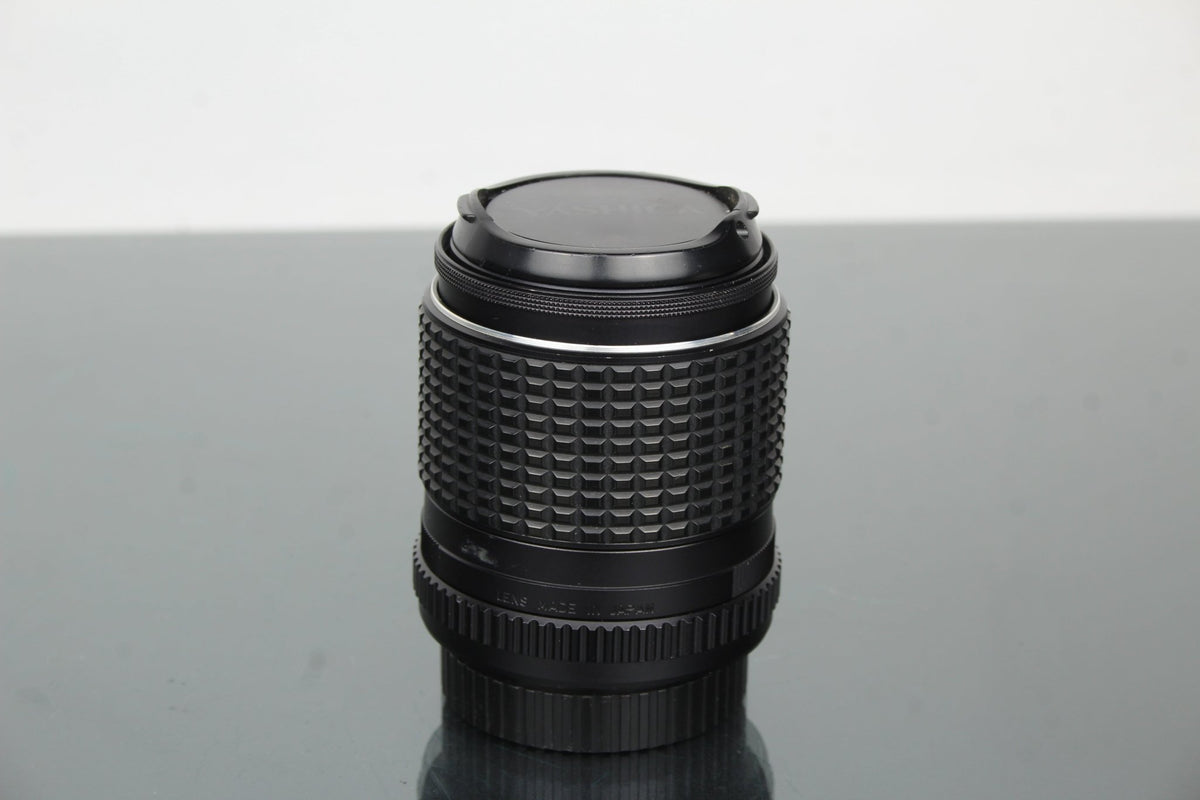
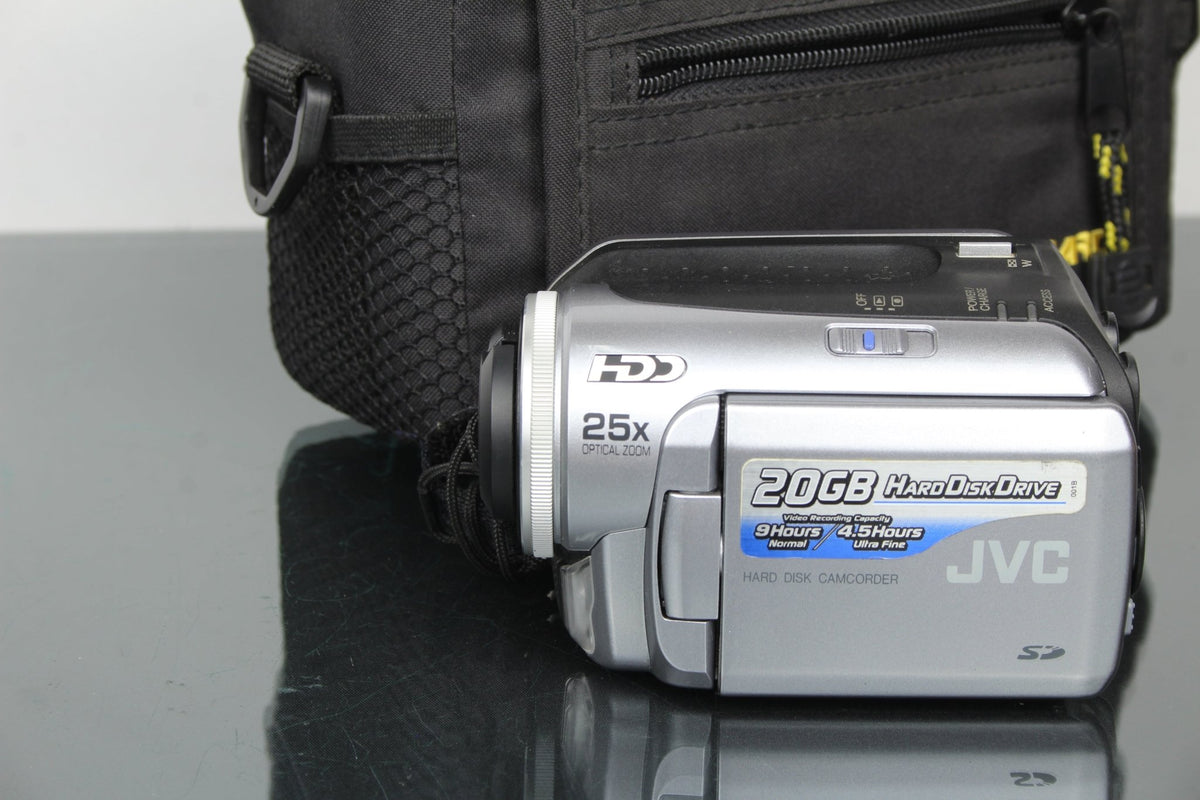
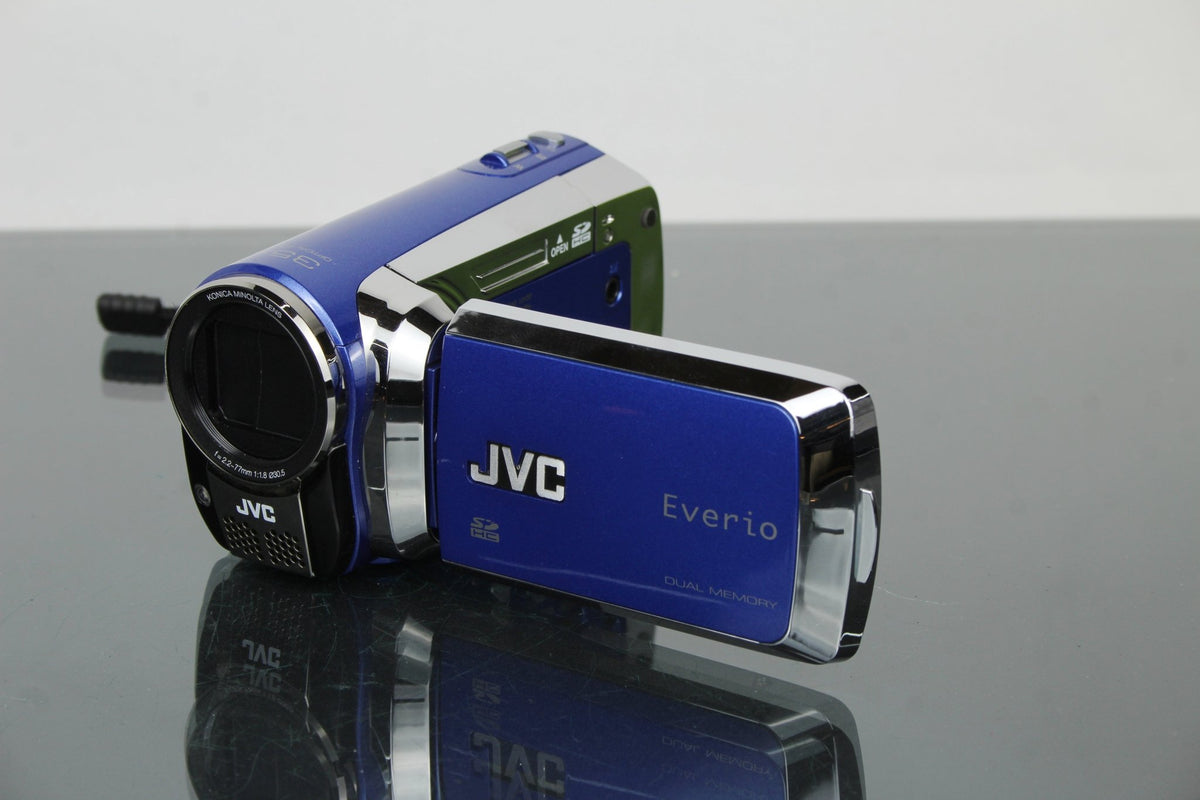
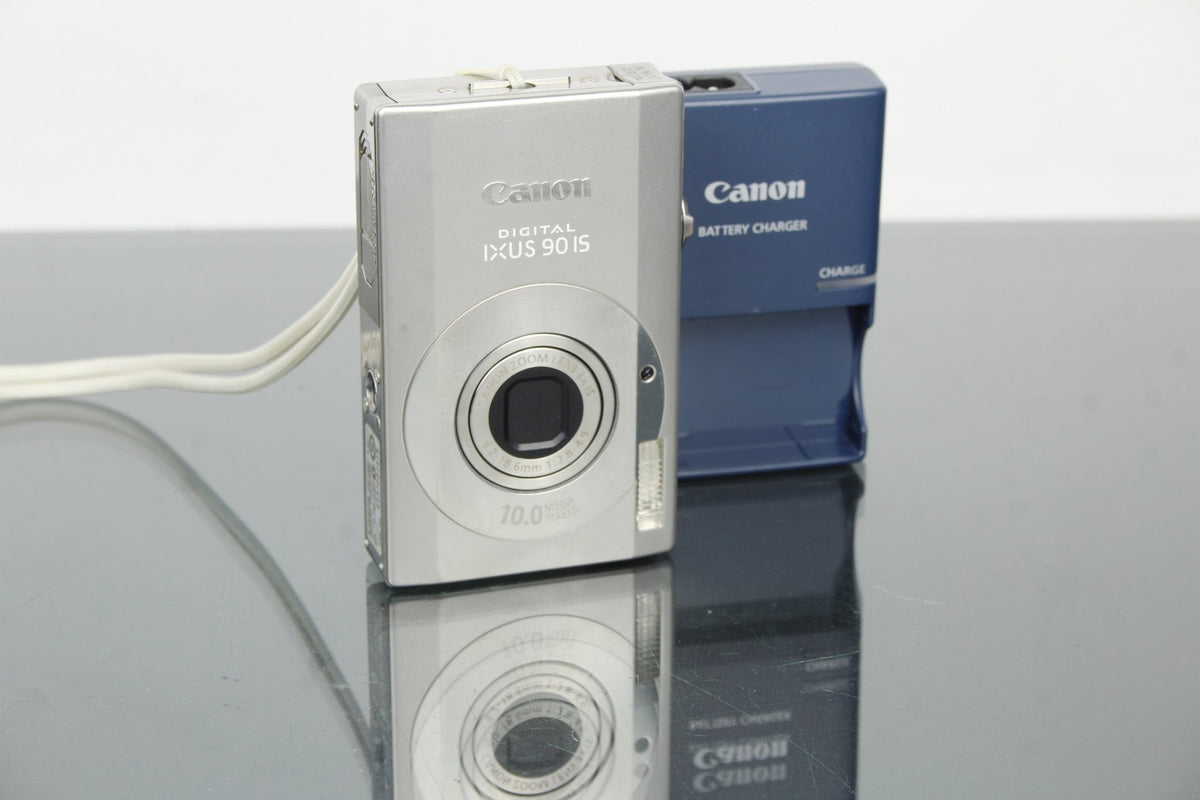
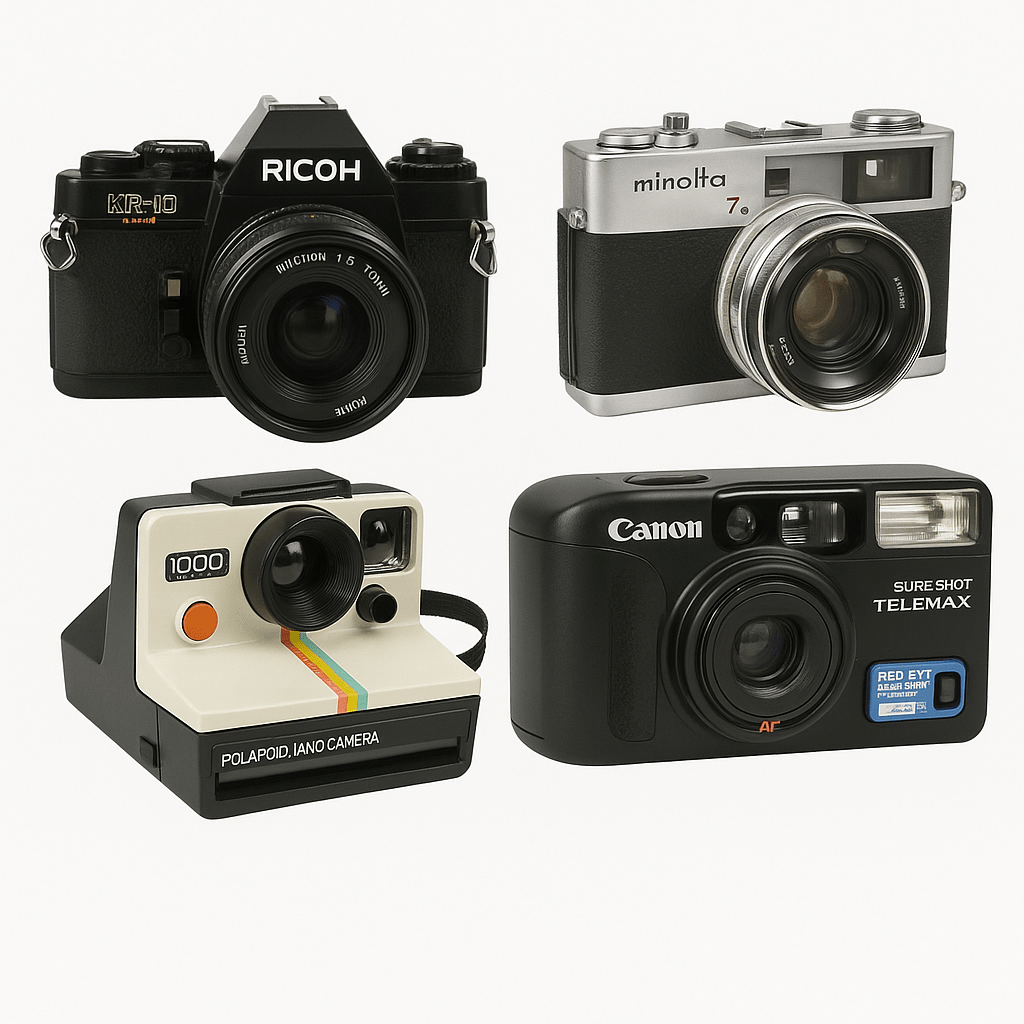
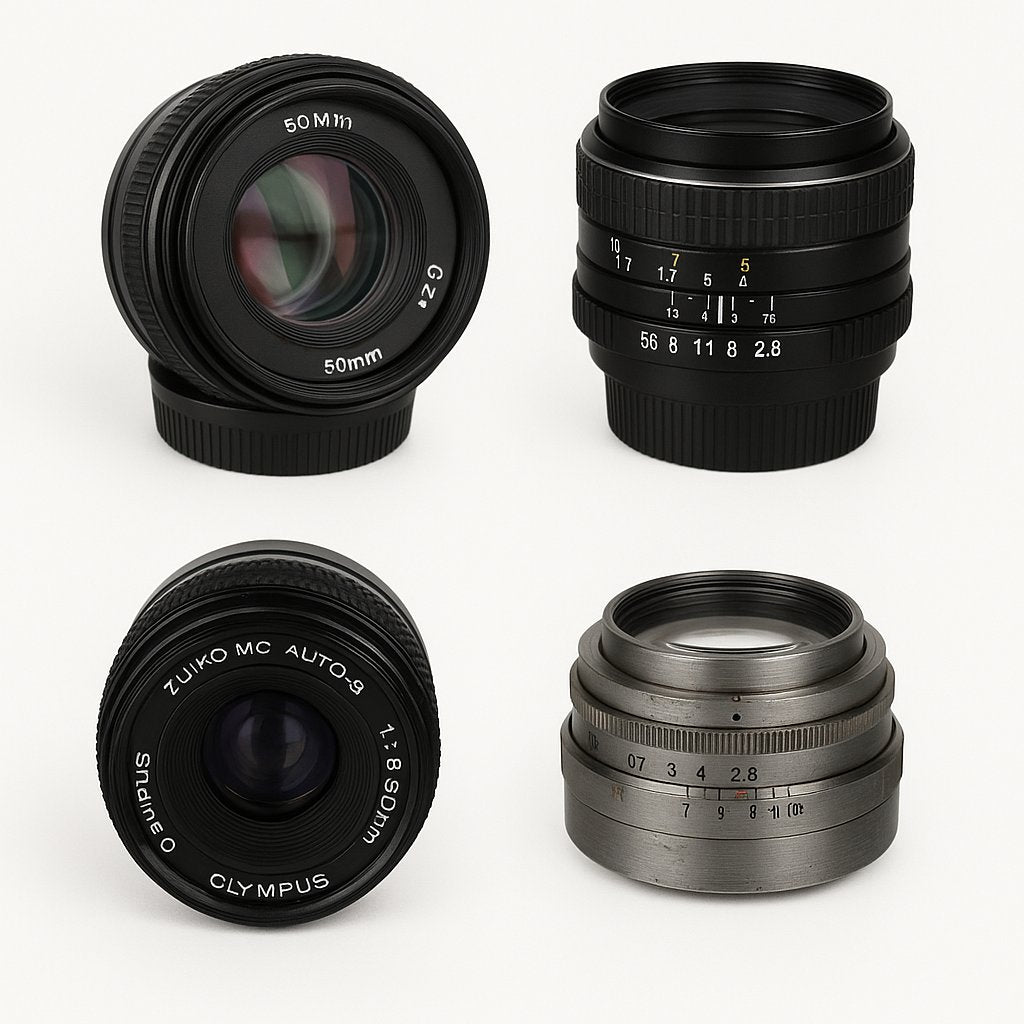
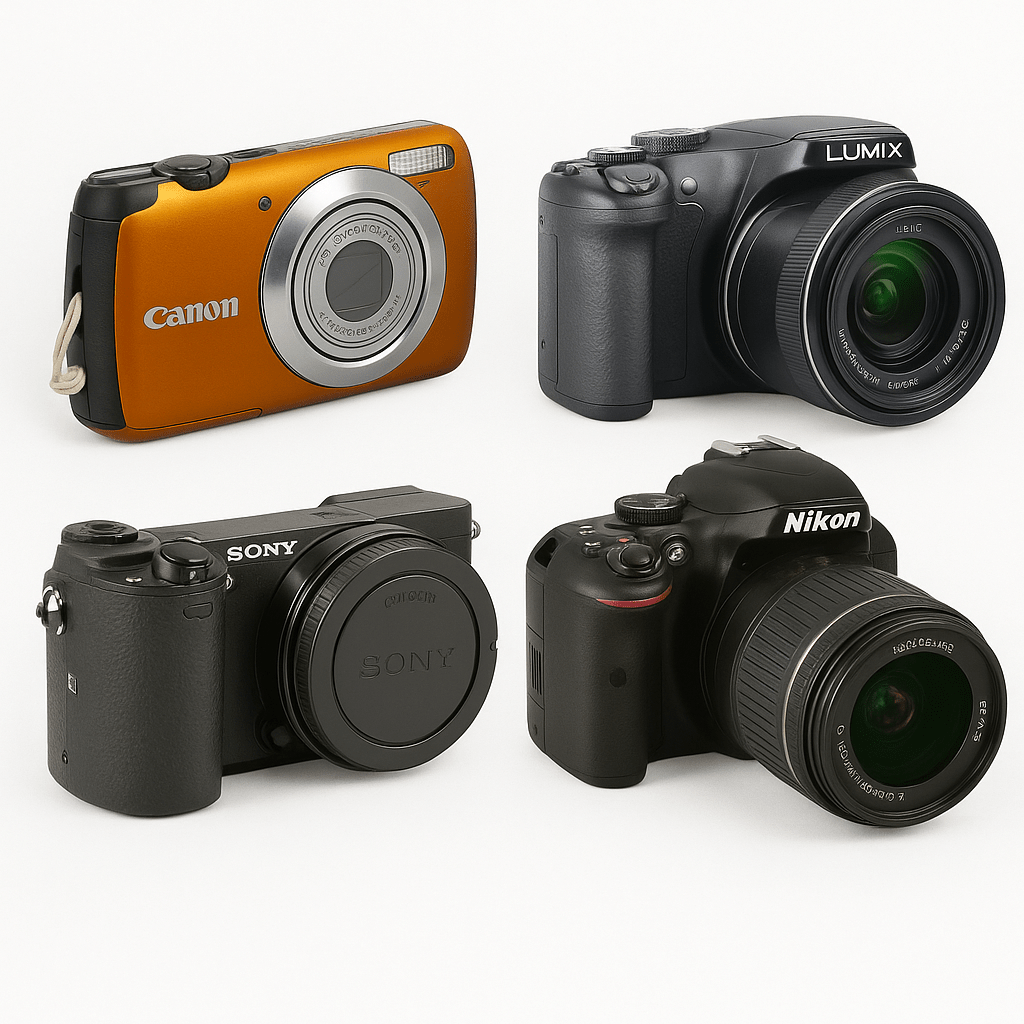
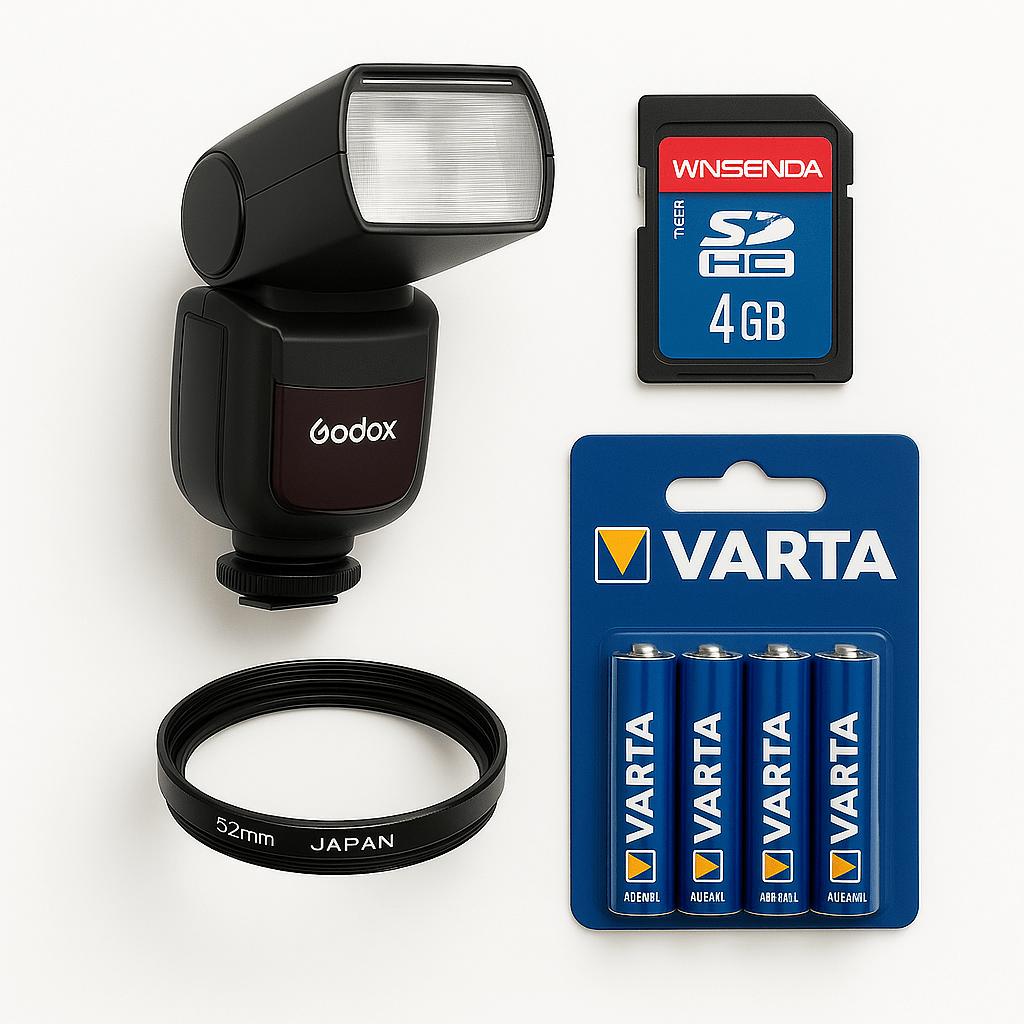
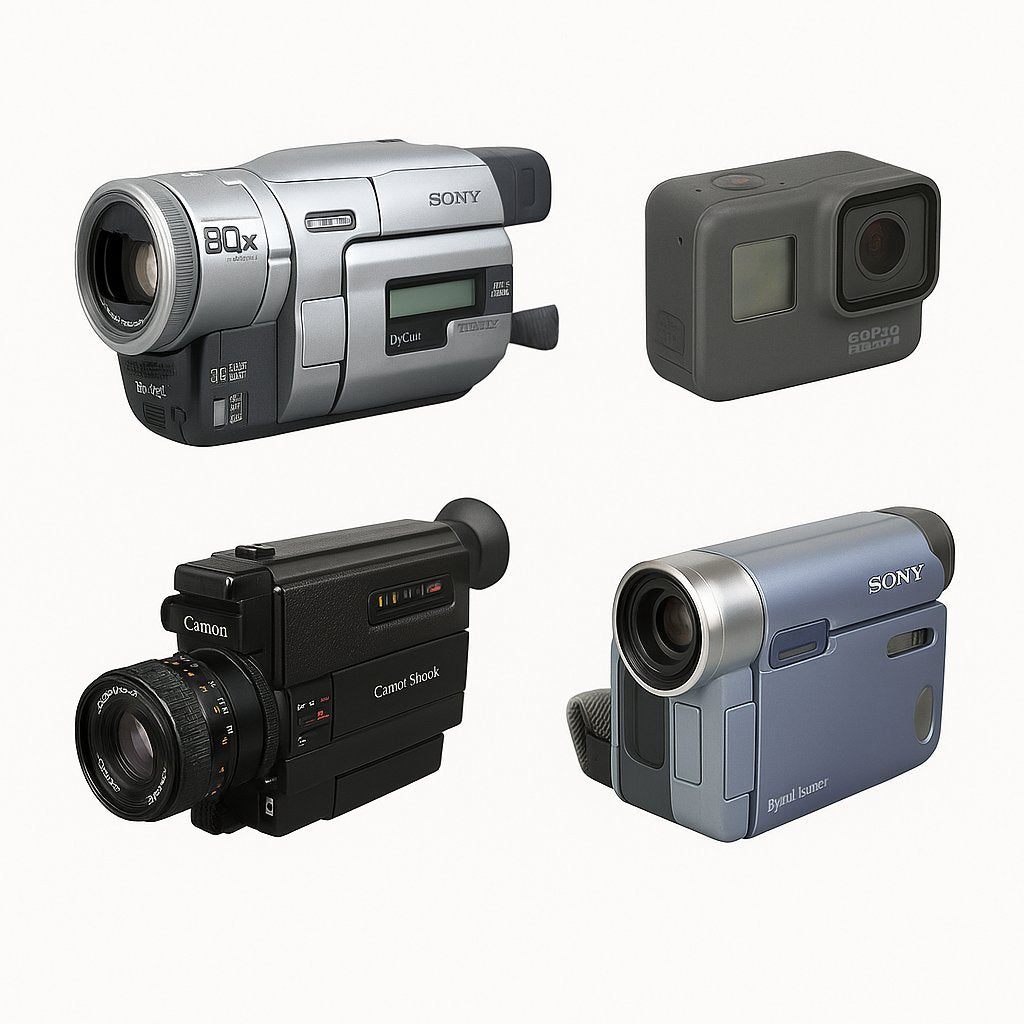
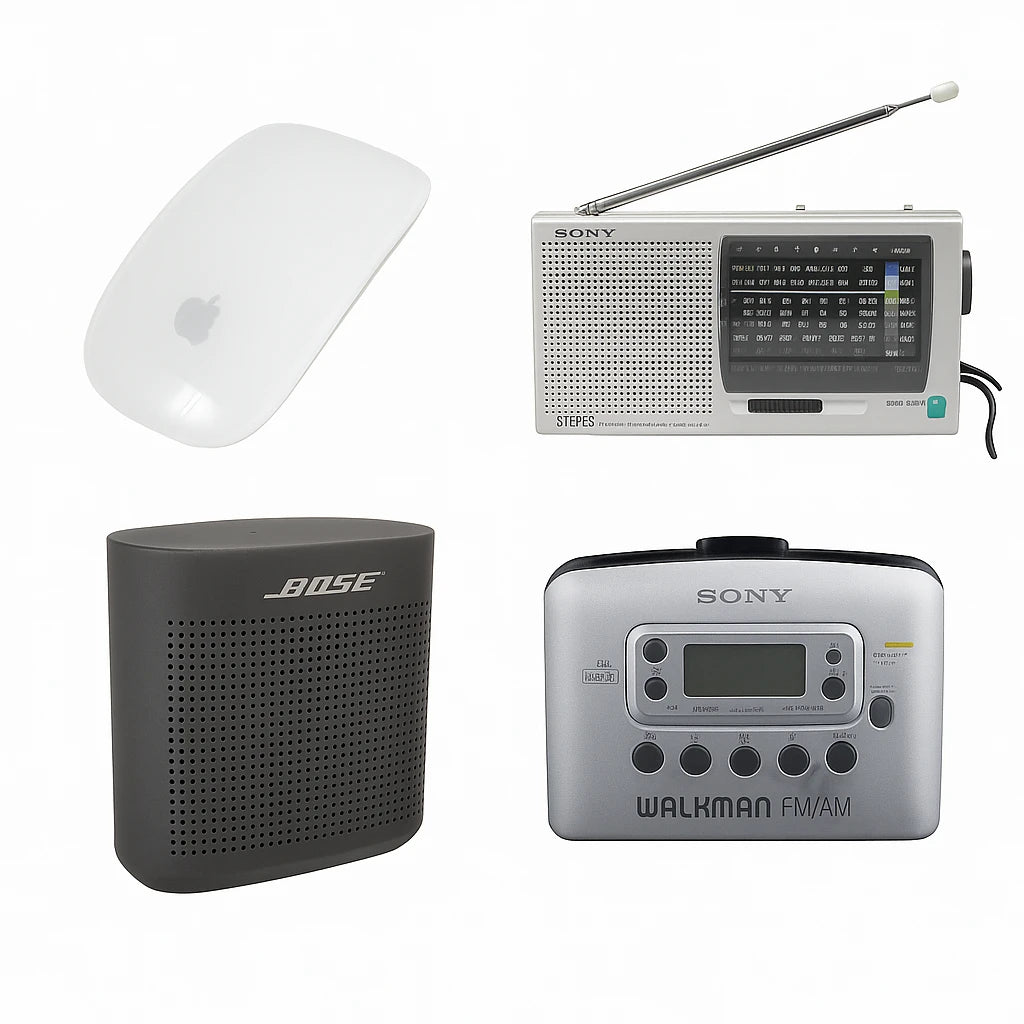
0 comments